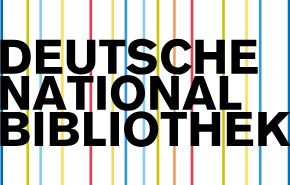STRUCTURAL STRUCTURE OF LOCAL BUDGET EXPENSES AND THEIR MANAGEMENT.
Abstract
As we all know, special attention is paid to local budget issues in our country. Large-scale work is being carried out. This article also provides information on the structural structure of local budget expenditures and their management.
Keywords
Republic, economy, instrument, budget, territory, property, funds, state, person, social, village, water, gas, education, politics, city, psychology, society, information, network, housing, youth.How to Cite
References
1. Abduganiev, R. (2018). Local budget management: Theoretical foundations and practical solutions. Tashkent: Publishing house of the Institute of Economics and Public Administration of Uzbekistan.
2. State and Society Management (2020). Modern methods of forming and managing local budgets. Tashkent: Publishing house of the National Economy of Uzbekistan.
3. Ismoilov, I. (2019). Local budget formation and management: Theory and practice. Tashkent: Publishing house of Ilm Ziyo.
4. Qodirov, A. (2021). Local governance and budget: New directions. Tashkent: Publishing house of Innovative Economics and Social Development.
5. World Bank. (2017). Local Government Finance in Uzbekistan. Washington D.C: World Bank Group.
6. OECD. (2020). Public Governance Reviews: Uzbekistan - Managing Local Government Finances for Better Outcomes. OECD Publishing.
7. Khudoyberganov, Z. (2017). Local budget system and its management: Problems and solutions. Tashkent: State Statistics Committee of Uzbekistan.
8. Gulomova, M. (2022). Local budget and its impact on economic stability. Tashkent: International Economic Institute.
9. MODELS OF VALUATION OF THE MARKET VALUE OF SHARES OF JOINT-STOCK COMPANIES AND THEIR INDIVIDUAL ASPECTS. Khurramov Eshmamat Khudoyberdievich
10. METHOD OF VALUATION OF THE VALUE OF ORDINARY SHARES OF JOINT-STOCK COMPANIES. Khurramov Eshmamat Khudoyberdievich
11. INDIVIDUAL FEATURES OF VALUATION OF THE VALUE OF BONDS OF JOINT-STOCK COMPANIES. Khurramov Eshmamat Khudoyberdievich

This work is licensed under a Creative Commons Attribution 4.0 International License.
Authors retain the copyright of their manuscripts, and all Open Access articles are disseminated under the terms of the Creative Commons Attribution License 4.0 (CC-BY), which licenses unrestricted use, distribution, and reproduction in any medium, provided that the original work is appropriately cited. The use of general descriptive names, trade names, trademarks, and so forth in this publication, even if not specifically identified, does not imply that these names are not protected by the relevant laws and regulations.





